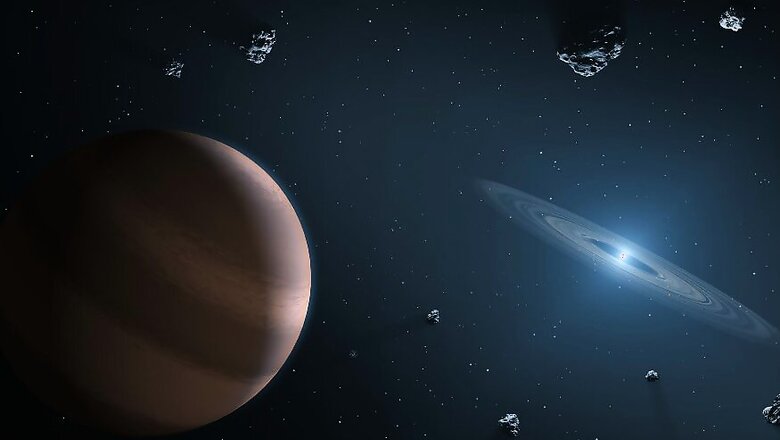
views
Researchers in the UK have found that the chance of finding Earth-like planets in their early stages of formation is much higher than previously thought.
The team of researchers from the University of Sheffield studied groups of young stars in the Milky Way to see if they were typical compared to theories and previous observations in other star-forming regions in space, and to study if the populations of stars in these groups affected the likelihood of finding forming Earth-like planets.
The research, published in The Astrophysical Journal, found that there are more stars like the Sun than expected in these groups, which would increase the chances of finding Earth-like planets in their early stages of formation. In their early stages of formation, these Earth-like planets, called magma ocean planets, are still being made from collisions with rocks and smaller planets, which causes them to heat up so much that their surfaces become molten rock.
"These magma ocean planets are easier to detect near stars like the Sun, which are twice as heavy as the average mass star. These planets emit so much heat that we will be able to observe the glow from them using the next generation of infrared telescopes, said lead researcher Dr Richard Parker. The research included undergraduate students from the varsity, giving them an opportunity to apply the skills learnt during their course to leading published research in their field.
"The locations where we would find these planets are so-called 'young moving groups' which are groups of young stars that are less than 100 million years old - which is young for a star. However, they typically only contain a few tens of stars each and previously it was difficult to determine whether we had found all of the stars in each group because they blend into the background of the Milky Way galaxy. "Observations from the Gaia telescope have helped us to find many more stars in these groups, which enabled us to carry out this study," said Parker.
The findings from the research will help further understanding of whether star formation is universal and will be an important resource for studying how rocky, habitable planets like Earth form. The team now hopes to use computer simulations to explain the origin of these young moving groups of stars.


















Comments
0 comment